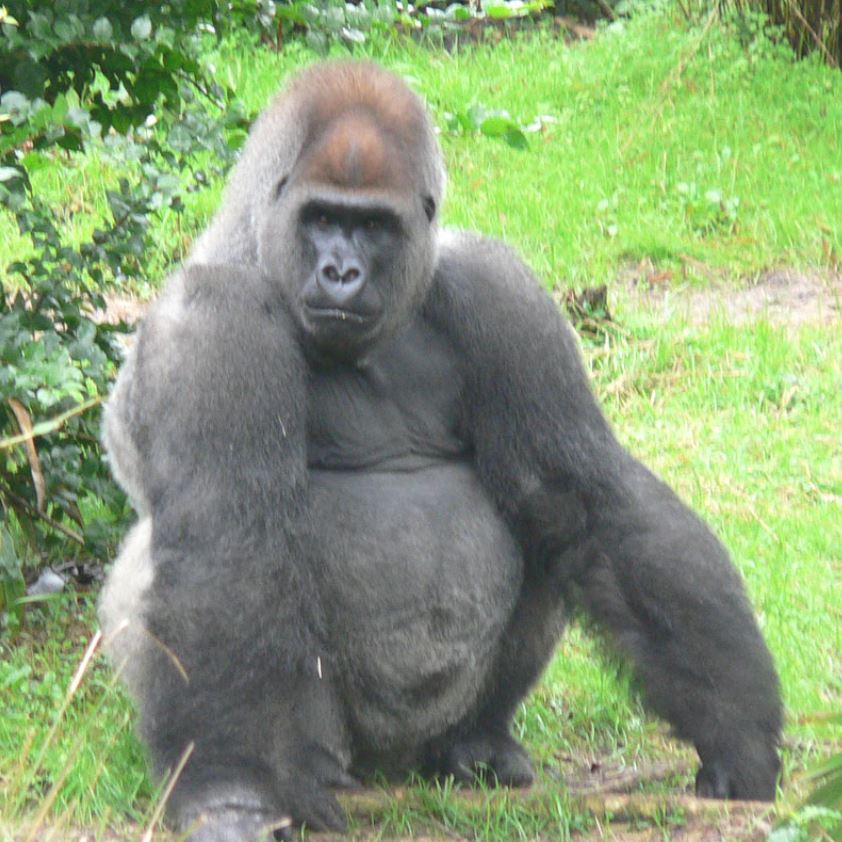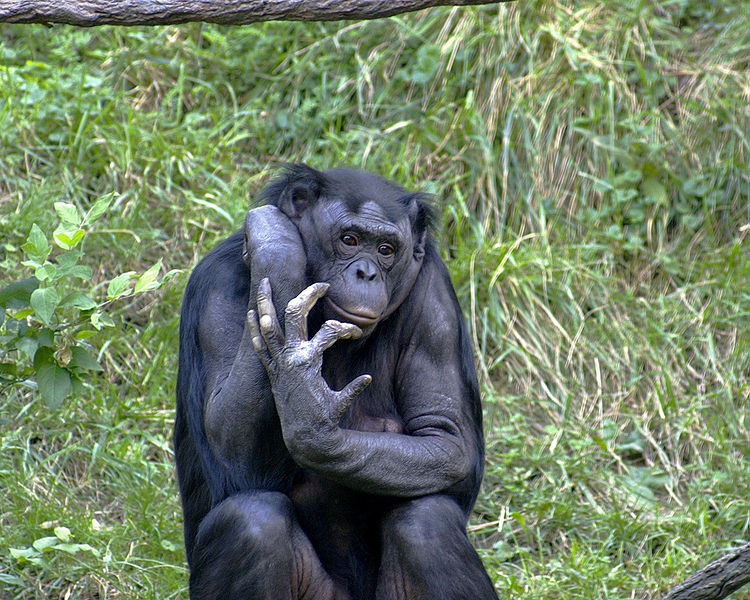
“So it seems the brain blood flow rate, and hence brain metabolic rate, and perhaps cognition, is much higher in living great apes compared to what it was in Australopithecus. Blood flow to most organs is related to the metabolic rate of the organ.”įor Dr Snelling, a brain with a higher metabolic rate suggests a higher level of cognition and intelligence because being smart is energetically costly. What we found surprised us – these apes have significantly higher brain blood flow rates than Australopithecus. We then compared our calculations for Australopithecus to the gorillas, orangutans, and chimps. He said in many specimens of hominins (our recent human ancestors) that have been unearthed, “we have been able to take measurements of the carotid foramina, to then calculate the internal carotid artery vessel size, and then calculate blood flow rate to the cognitive part of the brain (the cerebrum). “It took several years to acquire all the data, run their calculations, calibrate and understand and interpret the results.” He led the data analysis. The study shows that cerebral blood flow rate in our australopithecine human ancestors was well below that of living (non-human) great apes.Īccording to Dr Snelling, fossil specimens were measured from museums and academic institutions in the US, Australia, Wits University’s School of Anatomical Sciences and Evolutionary Studies Institute, and the Ditsong National Museum of Natural History in Pretoria. This technique was calibrated in humans and other mammals, and then applied to 96 great ape skulls and 11 Australopithecus fossil skulls. The new research measures the rate of blood flow to the cognitive part of the brain, based on the size of the holes in the skull that allow passage for the supply arteries. “It was much more difficult to validate the idea and gather the data on human ancestors, but with key collaborations in South Africa, it became reality,” he said.
Difference between gorilla and chimpanzee how to#
“If you know the size of the vessel, then you can calculate the blood flow along that vessel as it would have been in the animal when it was alive,” said Prof Seymour.Įmeritus Professor Roger Seymour of the University of Adelaide.Īs a comparative cardiovascular physiologist, he came up with a simple idea on how to measure blood flow rate by the size of the holes in fossil skulls. This was until Prof Seymour realised that if one has access to fossil skulls that contain the carotid foramina intact, then one could measure the size of the foramina holes, then calculate the size of the vessels that would have gone through the holes. Previously, scientists assumed there was no way to measure the blood flow requirements or metabolic rate of an organ, such as the brain, in an animal that has been dead for millions of years.

Research led by Professor Roger Seymour at the University of Adelaide, in collaboration with Dr Edward Snelling from the University of Pretoria’s Department of Anatomy and Physiology in the Faculty of Veterinary Science Prince Chikezie of the Brain Function Research Group, Faculty of Health Sciences at the University of the Witwatersrand (Wits) and Dr Bernhard Zipfel (Evolutionary Studies Institute at Wits), reveals a significantly higher rate of blood flow to the cognitive part of the brain of living great apes compared to Australopithecus. However, a study published this week in the prestigious Proceedings of the Royal Society B biological research journal, challenges this idea.


Kanzi, (born at Yerkes Field Station at Emory University, Atlanta, and moved to the Language Research Center at Georgia State University), a bonobo, not only developed good English comprehension and syntax, but also made stone tools.īut how does the intelligence of living great apes, such as Koko the gorilla, compare with our 3 million-year-old relatives, such as “Lucy” the Australopithecine? Lucy (a 40% complete female specimen of the hominin species Australopithecus afarensis discovered in 1974 in Ethiopia) is generally considered to have been smarter because the size of her brain, indicated by the fossil braincases of Australopithecus species, is larger than orangutans and chimpanzees, and is comparable to gorillas despite the great difference in body mass. The chimpanzee Washoe (born in West Africa in 1965 and captured for use by the US Air Force for research on the US space programme) was taught to use sign language and learned about 350 signs. The gorilla Koko (who was born at the San Francisco Zoo and lived in California) was taught to communicate with her teacher, Francine Patterson. The great apes, including humans, gorillas, chimpanzees, bonobos and orangutans, are very intelligent.


 0 kommentar(er)
0 kommentar(er)
